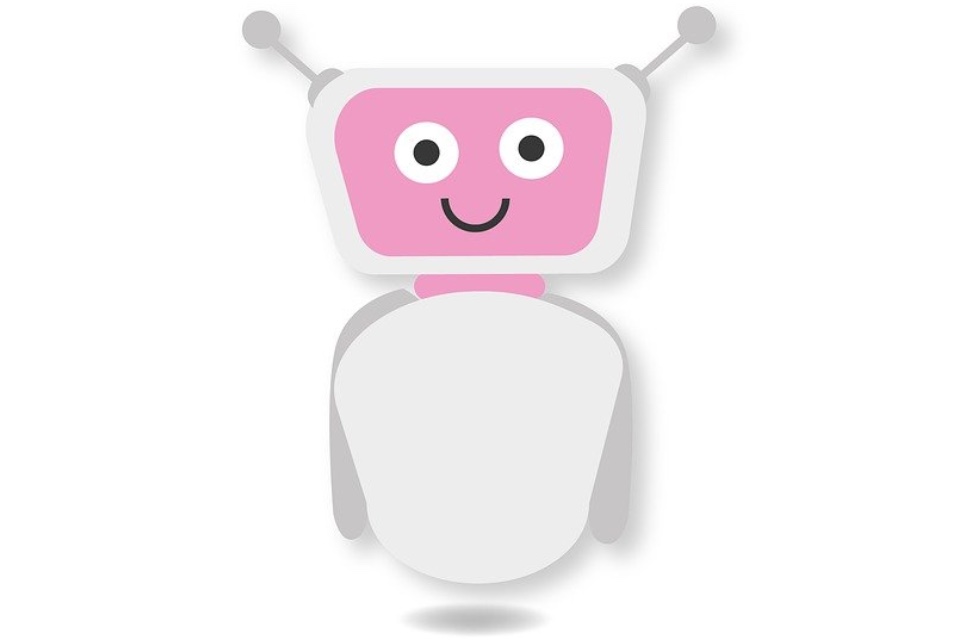Web self-service chat solutions, increasingly powered by sophisticated AI, offer an exciting frontier for contact centres, enabling swift customer interactions and potential cost reductions. However, a hasty or ill-informed implementation can lead to customer frustration and missed opportunities. Here’s a guide to the crucial considerations for contact centre managers contemplating these solutions, as detailed by Contact Centre & Customer Services Summit delegates and suppliers…
- Understand Your Audience:
- Demographics and Preferences: Does your target demographic prefer live interactions, or are they more tech-savvy and lean towards self-service?
- Complexity of Queries: Some questions require human nuance, while others can be addressed by a chatbot. Recognise the distinction.
- Integrate with Existing Systems:
- Database Synchronisation: Your chat solution should seamlessly integrate with customer databases, order management systems, and any other relevant backend infrastructure.
- Consistent Knowledge Base: Ensure that the information provided via web chat mirrors that available through other channels to maintain consistency.
- Choose Between AI and Rule-Based Chats:
- AI-Powered Chats: Ideal for a more extensive range of queries and can learn over time, enhancing their response capability.
- Rule-Based Chats: These follow pre-set rules and pathways, ideal for simpler, more linear customer queries.
- Ensure Escalation Paths:
- Human Handover: In scenarios where the chat solution can’t resolve a query, there should be a smooth transition to a human agent.
- Feedback Loop: Post-interaction, gather feedback. This not only aids service improvement but can also help in refining the chat solution.
- Maintain Brand Consistency:
- Tone and Language: The chat interface and interactions should reflect your brand’s voice and values.
- Visual Design: Ensure that chat windows and buttons match your brand aesthetics and feel like an organic part of your website.
- Prioritise Security and Compliance:
- Data Protection: Ensure that the chat solutions comply with regulations like GDPR. Personal customer data should be encrypted and stored securely.
- Regular Audits: Periodically review security measures to counter emerging threats.
- Optimise for Mobile:
- Responsive Design: Ensure the chat interface is user-friendly and functional across devices, especially mobile, where a significant portion of users may access it.
- Speed: Mobile users are often on-the-go. Ensure swift interactions and avoid long wait times.
- Analyse and Improve:
- Gather Metrics: Monitor metrics like resolution rate, customer satisfaction scores, and average interaction time.
- Iterative Refinement: Use insights from the data to refine chat pathways, train your AI better, or modify the handover criteria.
- Staff Training:
- Equip Human Agents: If there’s a handover from chat to human agent, ensure the agent has access to the chat transcript to offer seamless support.
- Ongoing Education: As the chat solution evolves, ensure that staff is updated on its capabilities and limitations.
While web self-service chat solutions offer significant advantages, their true power is unlocked only with thoughtful implementation. By addressing these considerations, contact centre managers can not only improve operational efficiency but also elevate the customer experience.
Are you evaluation Web Self-Service or Chat solutions for your customer service operations? The Contact Centre & Customers Services Summit can help!
Image by Alexandra_Koch from Pixabay







